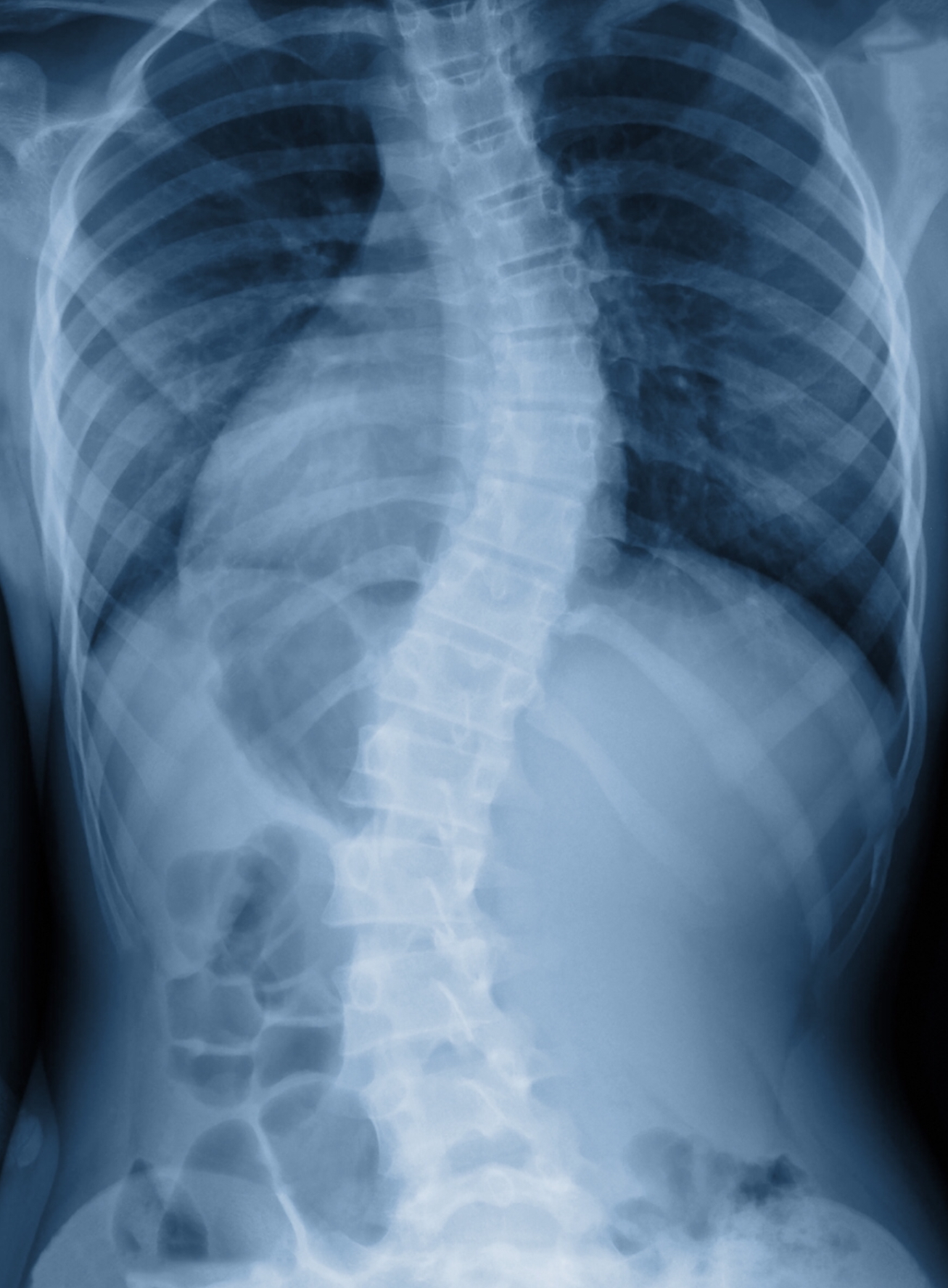Scoliosis is a when the spine curves to the side. It is most common in the chest area (thoracic scoliosis) and the lower back (lumbar scoliosis).
Are there different types of scoliosis?
Scoliosis can be classified into different types, depending on the cause.
Types of scoliosis include the following.
- Idiopathic Scoliosis
- Congenital
- Neuromuscular
- Degenerative
Idiopathic scoliosis is a curvature of the spine that doesn’t appear to be due to any other medical condition. Current research suggests that it is mainly genetic in nature. In children under the age of 6 it is called early onset. When it occurs in the very young it can sometimes progress and be a serious disorder. It is most common in teenagers and is usually a cosmetic issue. It is not a weakness of the spine and it isn’t usually painful.
Some patients may be born with an abnormality of the bones (vertebrae) within the spine. As the patients grow the spine may become progressively curved. This is known as congenital scoliosis. Some patients may have an underlying disorder that is associated with scoliosis such as muscle weakness or imbalance.

Diagnosis
How is Scoliosis diagnosed?
The spinal surgeon will take a history to ascertain if there is an underlying cause for the scoliosis and a clinical examination will assess the degree of curvature, the cause, and see if the nerves are affected.
X-rays
X-rays are useful to assess the degree of curvature within the spine. They may also show a cause for the scoliosis.
MRI Scan
Following appropriate assessment by the spinal specialist further investigations may be required. MRI scans are commonly used to investigate the cause of the scoliosis, although other tests such as X-rays or CT scans may also be used.
Monitoring
Depending on the degree of scoliosis and the cause, your surgeon may elect to monitor the curve within the spine. This will require regular review within the outpatient clinic as well as possible further X-rays.
Surgery
Certain patients may require surgery on their spine to either prevent further progression of the curve, or to reduce the curve within the spine.


